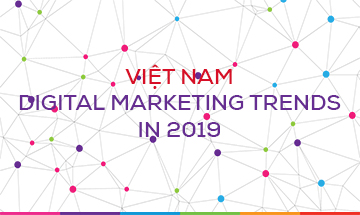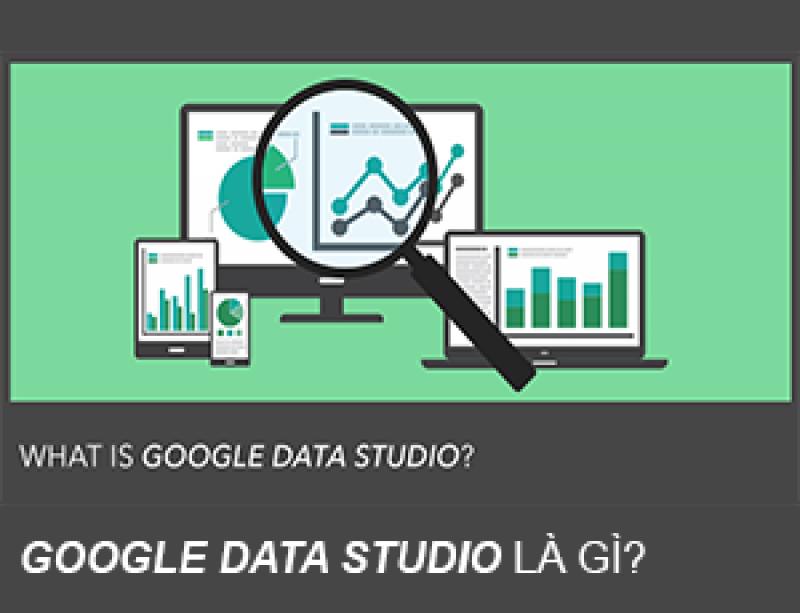


Make people SEE and REMEMBER the brand



Get people to UNDERSTAND and
WANT the brand



Change people's BEHAVIOR and
get them to CONVERT



Take care of people to CONVERT OFTEN and
ADVOCATE the brand
U News
4 Ways Marketers Can Avoid Wasting Their Data’s Potential
It’s not rocket science—it’s another kind of science

Data alone won’t show you how to approach customers; you also need empathy.
Getty Images
It may not be rocket science, but it is data science. Here are four ways to use data smarter.
Define your value proposition
Gathering data isn’t the hard part; figuring out which data to pay attention to is, says Jose Gomes, managing director of North America for dunnhumby, a global customer data science company.
Gomes says the best way to identify the data that makes a difference is to start by defining your organization’s unique value proposition.
“The single biggest challenge I find in working with executives is understanding what their customers want and what they can deliver better than the competition,” says Gomes. “Once you’ve defined that, the data you need in order to deliver against it becomes much easier to find.”
Look at the data first
In the past, advertisers would target segments of consumers, then use data to measure how well each campaign was doing. Today, smart brands are looking at the data first, then using it to determine whom and how to target, says Dana Hayes Jr., CEO of ShareThis, which provides social media sharing tools for publishers’ content.
“Two or three years ago it was ‘target the consumer first, and we’ll do measurement second,’” he says. “Smarter brands are flipping that model and saying, ‘Let’s do analytics first, and make our first targeting effort even more valuable.'”
Don’t forget the human element
Data alone won’t show you the right way to approach customers; it also requires a lot of empathy.
“A lot of people start with the data and let that drive most of their decisions,” says Arnold Pravinata, chief decision science officer at Marlette Funding. “But nobody, not even with machine learning, can understand humans better than a human.”
Pravinata says you need to start by putting yourself in your customer’s shoes and ask how you would want to be treated. What do you want the brand to do for you? Once you’ve figured out the right questions, you can look for data that can help answer them.
Be ready for change
Living in a data-driven world requires clarity of purpose, bravery and empathy, says Michael Weber, partner and chief commercial officer for BrandCap, a business performance consultancy. But it also requires agility.
“The benchmarks of today will not be the benchmarks of tomorrow,” he says. “You need to be prepared to stay nimble and pivot. Companies that are doing a good job at this are always asking whether the numbers they’re comparing themselves to are still relevant.”
Source: Adweek
Related Post
Recent Post











